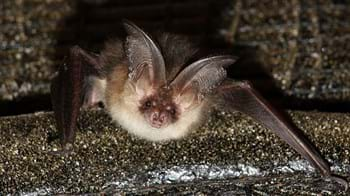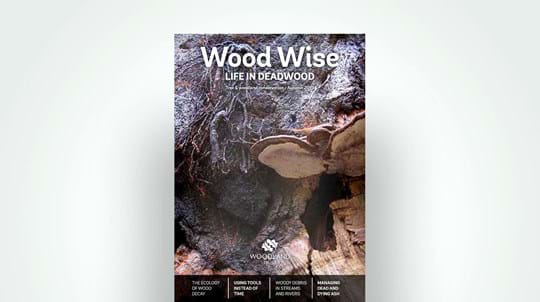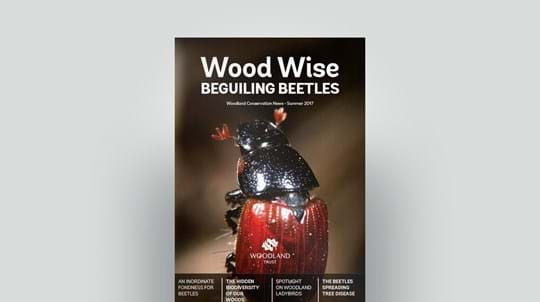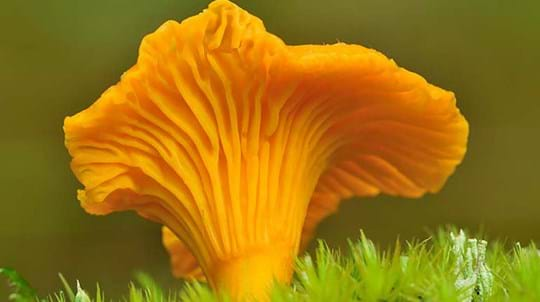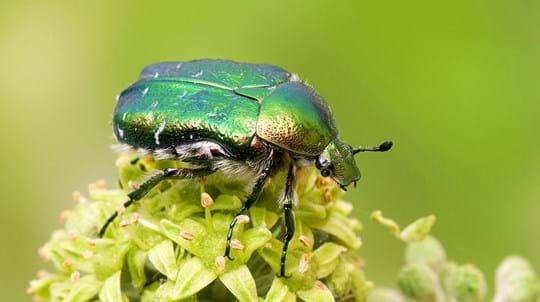Threats to deadwood
Dead and decaying wood can have negative connotations. When walking through a wood, people may see rotting logs or broken branches and think that the woodland is unhealthy or dangerous. A tendency towards 'neatening' habitats, particularly in urban and suburban areas, could mean deadwood is removed for the sake of keeping up appearances. Safety considerations may also lead to the removal of deadwood or declining trees from a woodland or park.
While the risk that dead and dying trees pose to people and property is usually low, woodland managers must weigh up the safety risks against their enormous ecological value.
What can be done to protect deadwood?
Managing diseased and dying trees
It is important to consider management options at an early stage in respect of retaining or removing dead and dying trees. In some situations, dead and dying trees may be left with
no action where they represent a relatively low risk to footpath users.
In many areas of the country, ash is one of the most common species of tree. The loss of ash from woods and hedgerows due to ash dieback disease, Hymenocyphus fraxineus, will have a devastating impact on the visual appearance of our countryside. While the biodiversity impacts are also overwhelmingly negative, the resulting increase in deadwood habitat and structural diversity in woodlands could actually benefit some species, provided it is allowed to remain.
Veteranisation
There are many sites across Europe with few ancient trees and a large age gap between the existing old trees and their successors. Usually, we have to wait for trees to develop the dead and decaying wood habitat associated with ancient trees and the biodiversity they support. A practice known as veteranisation can help speed up this process.
Veteranisation is a technique whereby younger trees are intentionally ‘damaged’ in a way which may speed up the development of valuable habitats which otherwise would only be found on ancient and other veteran trees. The idea behind it is to try to mimic nature using tools. The techniques should not kill the trees, but instead encourage the decay process to develop at a younger age, thus potentially shortening the development time for habitats usually only found in old trees.
These techniques are never carried out on ancient or other veteran trees as they already contain valuable habitat. Veteranisation is instead a complementary nature-conservation tool, when time is not on our side. It cannot replace veteran trees, but it may help bridge an age gap.
How you can help
Restoring damaged ancient woodland to its former glory is just one of the ways we protect and create important woodland habitat. We work with landowners to help them manage woodland sensitively and ensure otherwise overlooked features, such as deadwood, are allowed to remain in place.
With your support we can continue and extend this work to bring even more vital habitat into good repair.











